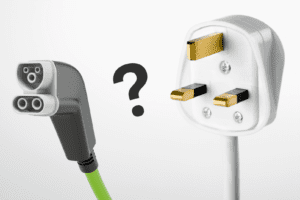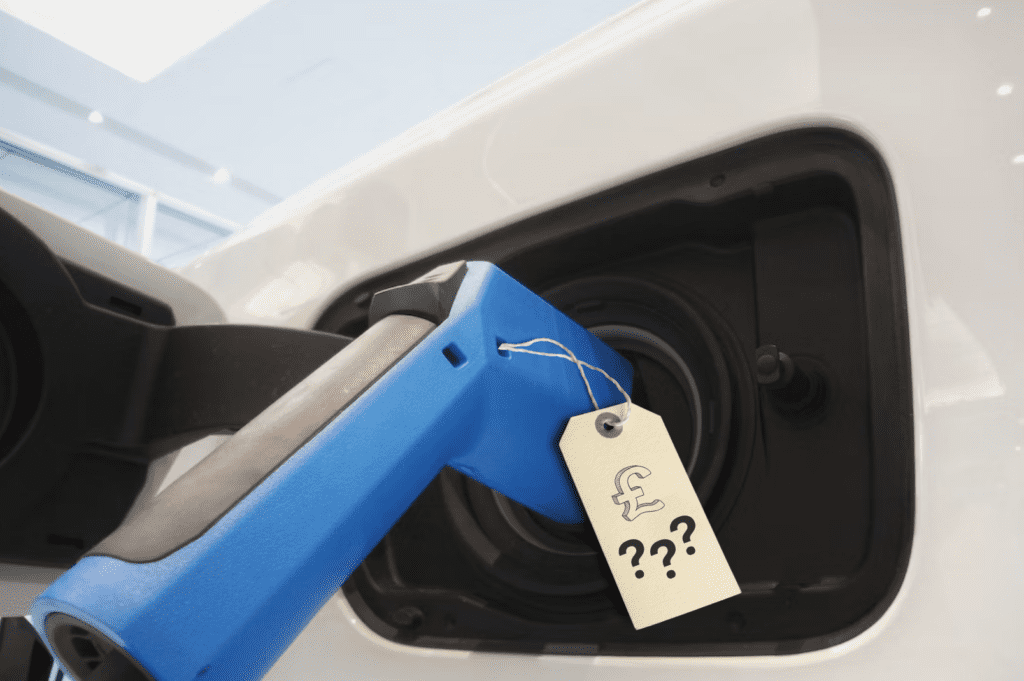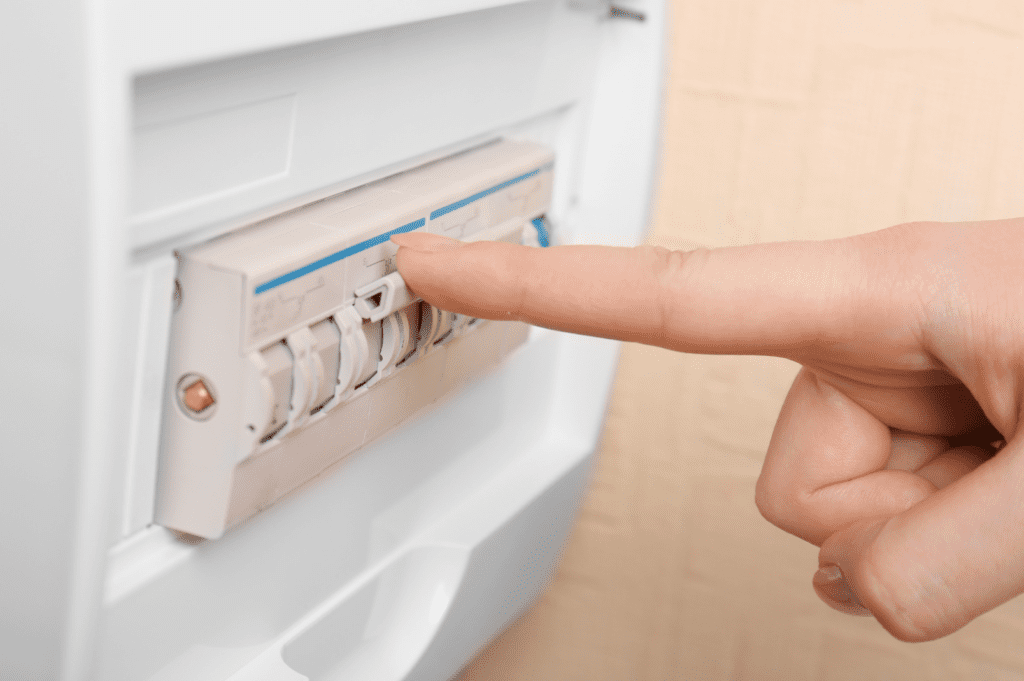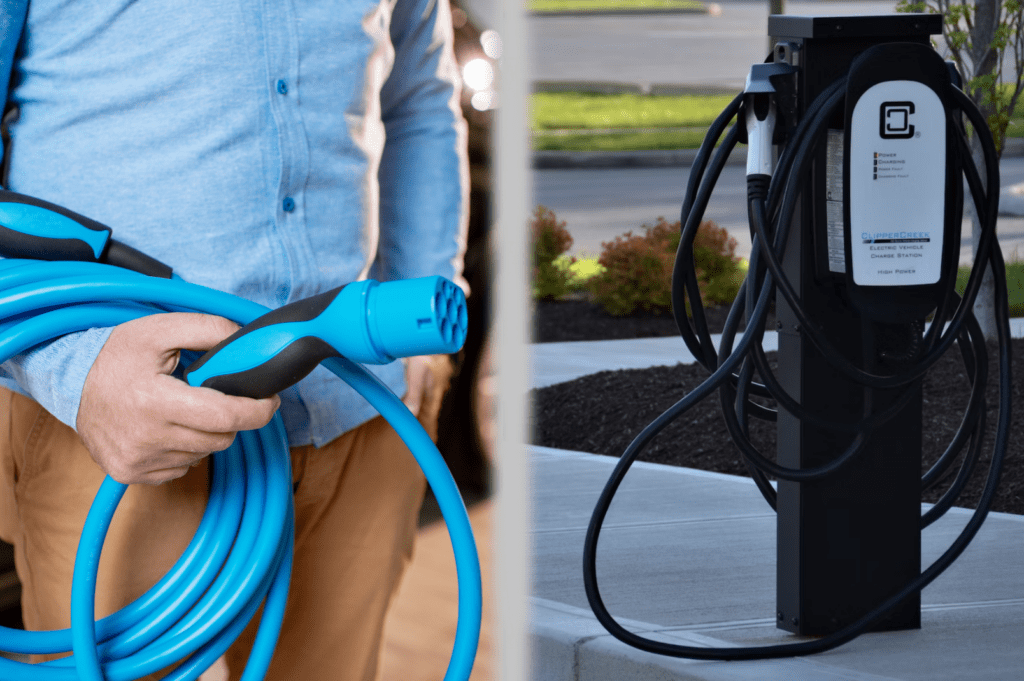Electric vehicles are becoming increasingly common on UK roads.
More than 265,000 new electric vehicles were registered in 2022, and it’s actually estimated that there will be up to 11 million EVs registered in the UK by 2030.
If you’re currently thinking about upgrading your car and joining the electric vehicle revolution, you’ll probably be weighing up all the pros, cons and practicalities of making the switch. One of the things you might be pondering is whether or not you need a home EV charging point.
If this sounds like you – we’ve got your back.
In this article, we’re going to cover all the things you might want to consider when you’re thinking about installing an EV charging point at home.
Do I need to have an EV home charging point for an electric car?
The short answer is no – you don’t necessarily need a dedicated EV charging point installed in your home to own and run an electric vehicle.
However, you might find it more flexible and convenient than the alternatives.
The number of public charging points is increasing all the time, with supermarkets, garages, car parks, and residential streets all starting to offer EV charging capabilities.
But there’s still not the infrastructure to fully support the expected increase in electric vehicle owners over the coming years.
It’s estimated that there is currently 1 public charging point for every 17 electric vehicles across the UK. And unless there’s a significant increase in the rollout of public charging points, demand is going to outpace supply even further.
So, in summary, while there are public charging points in place, when you look to the future you can’t always guarantee that they are going to be available when you want to charge your car.
Another alternative open to you is to charge your car at home using a standard three-pin plug. However, a standard domestic socket will support 2.4kW, whereas most EV charging points are 7kW – meaning it will take three times as long to charge your vehicle using a standard three-pin plug.
So do you need an EV charge point? No. Will it make your life a lot easier? Probably.
Are there any grants available for installing an EV charging point?
This all depends on your current homeowner status.
The Office for Zero Emissions Vehicles (OZEV) is responsible for the UK’s transition away from petrol and diesel cars, and towards EVs.
In 2019 they launched the Electric Vehicle Homecharge Scheme (EVHS) which provided a grant of up to £350 towards the costs of charging point installation for any homeowners that had a driveway or garage, and an electric vehicle that qualified for the grant.
In April 2022, the EVHS was unfortunately discontinued.
It was replaced by The EV Chargepoint Grant, which still offers a generous grant of up to £350 but is only available if you live in a rented property, or own a flat that has dedicated off-street parking.
So for now, if you’re a homeowner that lives in a detached, semi-detached, terraced house or bungalow – there’s no grant available for you.
If you own a flat with off-street parking, or are currently renting – you’re in luck, and can find out more on the official government website.
How much is a typical EV charging point installation?
There’s obviously a variation in price depending on different brands, and the specification of charge point you want to get installed, and the distance from your electricity meter.
But to give you an idea for a typical 7kW EV charging point, consumer reviews site Expert Reviews estimates a ballpark figure of between £600 and £1000.
It’s not a small sum of money.
But given that the sale of new petrol and diesel vehicles is set to come to an end in 2030, the future is most definitely electric. So any investment you make now is likely to serve you well for years to come.
Will I need to upgrade my consumer unit?
Not necessarily – it all depends on whether your existing consumer unit will support another circuit, and whether it has a surge protection device (SPD).
Every EV charging point installation needs its own dedicated circuit, so if there isn’t room for another circuit to be installed you may need to invest in a consumer unit upgrade.
And as of September 2022, all new circuits (including new circuits for EV charging points) are required to have a surge protection device.
In reality, if you have a relatively modern consumer unit – you’re likely to be okay without having to upgrade. But if your consumer unit is quite dated, it’s possible you’ll need an upgrade.
Do I need my own driveway or garage?
At the current time, for a private installation of an EV charging point you’ll need off-road parking such as a garage or driveway.
But if you don’t have off-road parking facilities, all is not lost.
The Office For Zero Emission Vehicles has launched an On Street Residential Chargepoint Scheme that all local authorities are able to apply for. And certain councils are enabling people to proactively suggest locations for on-street charging points.
So if you live on a property without a garage or driveway, consider speaking to your local council, as they may be able to install an EV charging point close to your home.
What’s the difference between tethered and untethered charging points?
Tethered charging points have a cable that is permanently attached to the charging station.
One of the main advantages of a tethered installation is convenience – there’s no need to mess around with getting a cable out of your car every time you need to charge.
The only slight downside is that tethered charging points will only have one specific connector, so they might not be compatible with every electric vehicle. However, the Type 2 connector has become somewhat of a standard for many EVs in the UK – so this is only a minor drawback.
Untethered charging points don’t have a permanently attached cable. Instead, you need to use your own cable to connect your car to the charging point.
This means that you need to store the cable in your car and get it out every time you want to charge, which might be less convenient, especially when it’s raining and you just want to get inside quickly!
But an untethered charging point does have the advantage of flexibility – as long as you have the correct cable, you can charge various EVs with different connector types.
Which company should I choose to install my EV charging point?
There are a lot of great companies out there that are offering EV charging point installation, and it’s not so much a case of which is best – but which is best for you and your specific needs.
We’d recommend taking a look at a number of different companies, and make an informed decision based on the price of installation, how quickly they are able to install your EV charge point, the aesthetics (if it’s going to be installed in a visible place) and their previous customer reviews and testimonials.
Expert Reviews actually have a good list of the top 5 EV home charging points, if you need some inspiration.
Looking to sell your car, and join the EV revolution?
If you’re considering upgrading to a brand new electric vehicle, you might be thinking about what to do with your current car.
Do you go through the hassle of attempting to sell it privately? Or receive less than it’s worth in a part-exchange?
At Flipit, we’ve got a better solution.
Our transparent and hassle-free process makes selling your car simpler than ever, and we always promise a fair valuation.
If you want to see what some of our previous customers have to say, check out our Trustpilot reviews.
And if you want to see what your car could be worth with Flipit, just enter your registration into our handy online tool.









